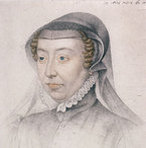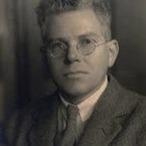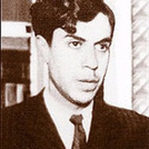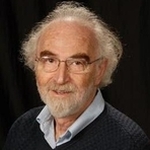|
When I first heard Julia Lezhneva, I had no idea what to expect. It was in a concert performance of Vivaldi’s Ottone in Villa. What I heard blew me away. Lezhneva, at the age of only 20, was able to hold her own amidst such seasoned performers as Roberta Invernizzi and Sonia Prina. She had excellent control of her instrument, fluid coloratura, and a mature confidence. Perhaps that should not surprise, as Lezhneva has been competing in vocal competitions since the age of twelve, and made her professional debut at the age of 16, as the soprano soloist in Mozart’s Requiem. Since then, she has successfully interpreted music from many different periods. This latest project, her first solo recording, is of Opera arias by Rossini. Announcing her presence with bang, the first aria, “Tanti affetti” from La Donna del Lago, is one of the two highlights of the album. Here we see Lezhneva’s excellent coloratura skills, with extended ornaments, stunning breath control, and two phenomenal two octave dives from Bb5 to Bb3. The register changes are managed with style, smooth in the runs, thundering in the dives, and are performed without resorting to screaming/barking at either end of the range. The fluidity of her coloratura throughout the range is also undeniable in “Bel raggio lunsinghieri” from Semiramide. Here, Lezhneva give us some real, solid soprano notes, well above the stave. Her trill is also on display, and it is very good – probably as a result of her Baroque work. The coloratura tour de force "Della fortuna istabile...Nacqui all'affanno" from La Cenerentola is masterfully performed, with precision in the faster sections, and a richness in the lower voice carried down to the low G3’s (this aria was originally performed by contralto Geltrude Righetti). We hear a darker, more reflective Lezhneva in "Assisa a' pie d'un salice" from Otello. The smoky-darkness of her voice offsets beautifully the tender sounds of the harp. Without the fireworks of the previous arias, it is Lezhneva’s sensitive phrasing and dynamics which have the power to draw on the emotions. This can again be heard in "Ils 'éloignent enfin" from Guillaume Tell, where the urgent power of the recitative flows into the beautiful melancholy of the aria, and where the long, lilting phrases and gentle touches on the ornamentation convey the sadness of an aching heart. Compared to the previous two arias, "L'ora fatal s'apressa" from L'assedio Di Corinto, the second highlight of the album, is on another level. So complete is the characterisation, and so subtle are the inflections of the voice, that the last few seconds of silence on the recording still ring with the final phrase, “implorar la tua pietà”. A nice touch is the addition of the Sinfonia from La Cenerentola towards the end of the disk. The musicians of Sinfonia Varsovia play with great animation, under the expert hand of Marc Minkowski. The interplay between Sinfonia Varsovia, Minkowski and Lezhneva is truly organic, showing just how good Minkowski is. His understanding of the contrasting Rossini pieces offered in this collection is both erudite and well communicated, giving a sense of authenticity to the recording. This is a CD definitely worth having, and Julia Lezhneva is a Soprano to watch. The recording was produced for the Naïve record label: click here to see the official webpage. Also, check out this promo video below.
0 Comments
Your comment will be posted after it is approved.
Leave a Reply. |
Archives
October 2014
Categories
All
|
MOST VIEWED POSTS
© James Edward Hughes 2013
 RSS Feed
RSS Feed





